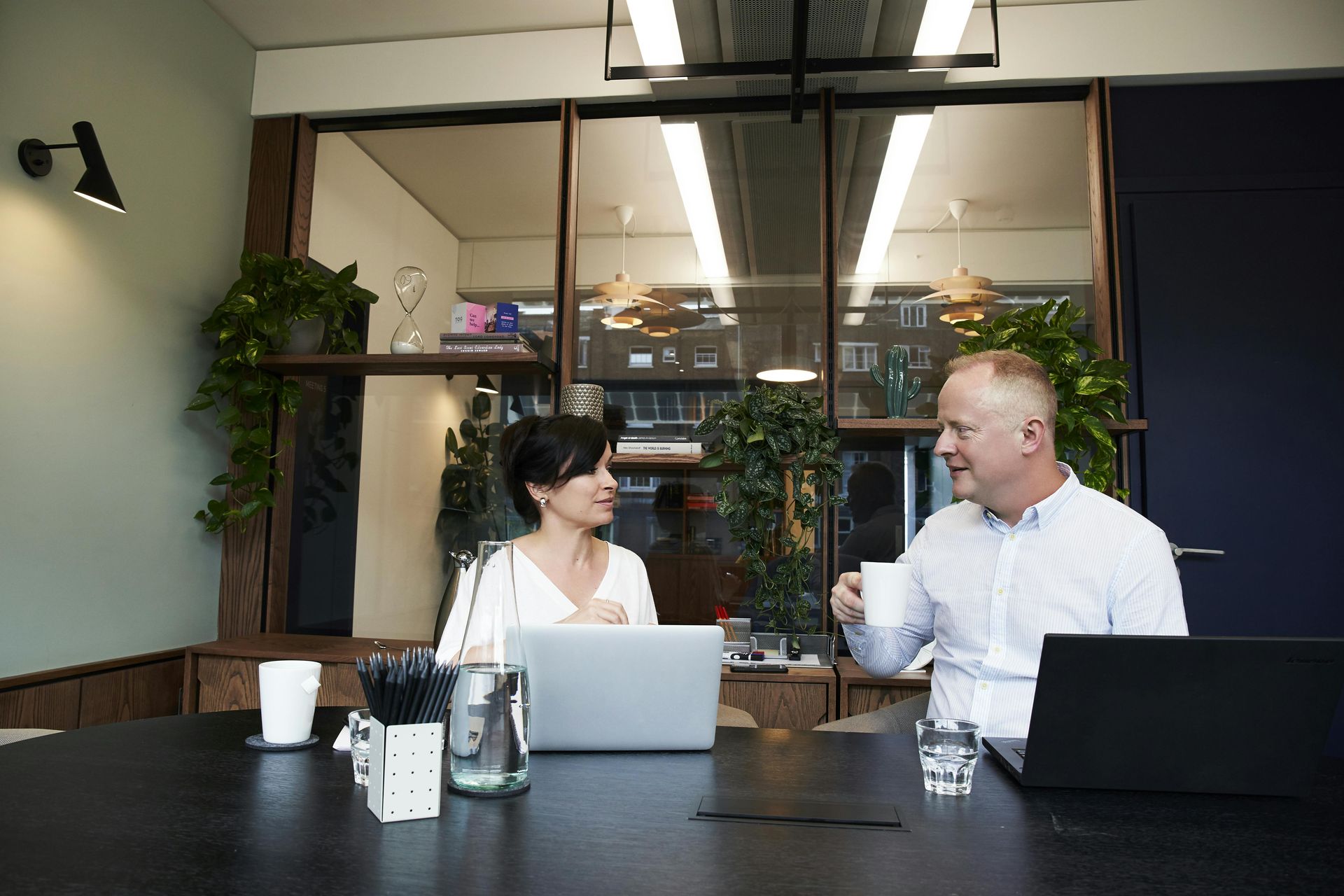+1-800-298-3165
Three Big Website Navigation Mistakes
A tremendous amount of work goes into making a good website, from the initial planning phase through to the final rollout.However, many businesses get so wrapped up in their site looking good and pushing across their message that they forget about one of the most important things of all – navigation. If a user finds your site hard to navigate or confusing, the chances are they’ll bounce before you can have any kind of real impact. That’s why we’ve put together this short guide to the three big navigation mistakes you need to avoid.
Overwhelming with Options Every internet user has had this experience. You open up a site, and you’re greeted by a wall of images, menus and text, with no clear idea of what’s what or where to go. This is website navigation at its worst.While you don’t want your website so minimal that it’s featureless, you do need to pare things down into six or seven essential navigation areas. When someone visits your site, you want them to be able to find what they want as quickly as possible. Ultimately, the navigation experience should be simple, clear and attractive to the user. Thinking Too Far Outside the Box with Design It’s understandable that you want to make your site look and feel unique. This is what helps differentiate you from all the cookie-cutter sites out there. But when a site goes too far in this direction with an unconventional design, it can make navigation – and the overall user experience – a confusing, annoyance-inducing headache.Trying to make your site unique is one thing, but it should never come at the expense of the user experience. You need to bear in mind that internet users have, at this point, become used to specific formats of website layout. When you deviate too far from this, it’s likely that they’ll react with puzzlement and probably go elsewhere. Forgetting Responsive Design By this point, everyone knows that mobile device usage is outstripping desktops when it comes to accessing and using the internet. This fact makes it imperative that a website features responsive design.Forgetting or eschewing responsive design means that over half of your audience will experience a poorly optimised, hard-to-navigate website. They’ll find a confusing mash of ill-sized images, pieces of text and a site that basically doesn’t work for them. In cases like this, it’s highly likely that mobile device users will simply go somewhere else.
Share this post:













